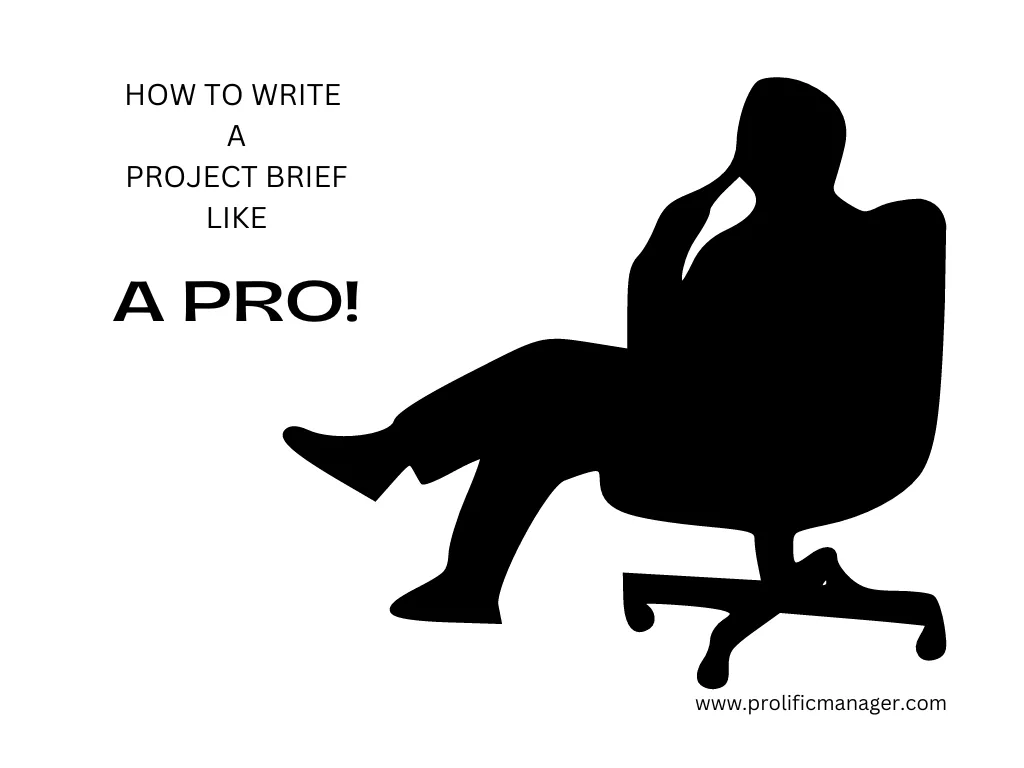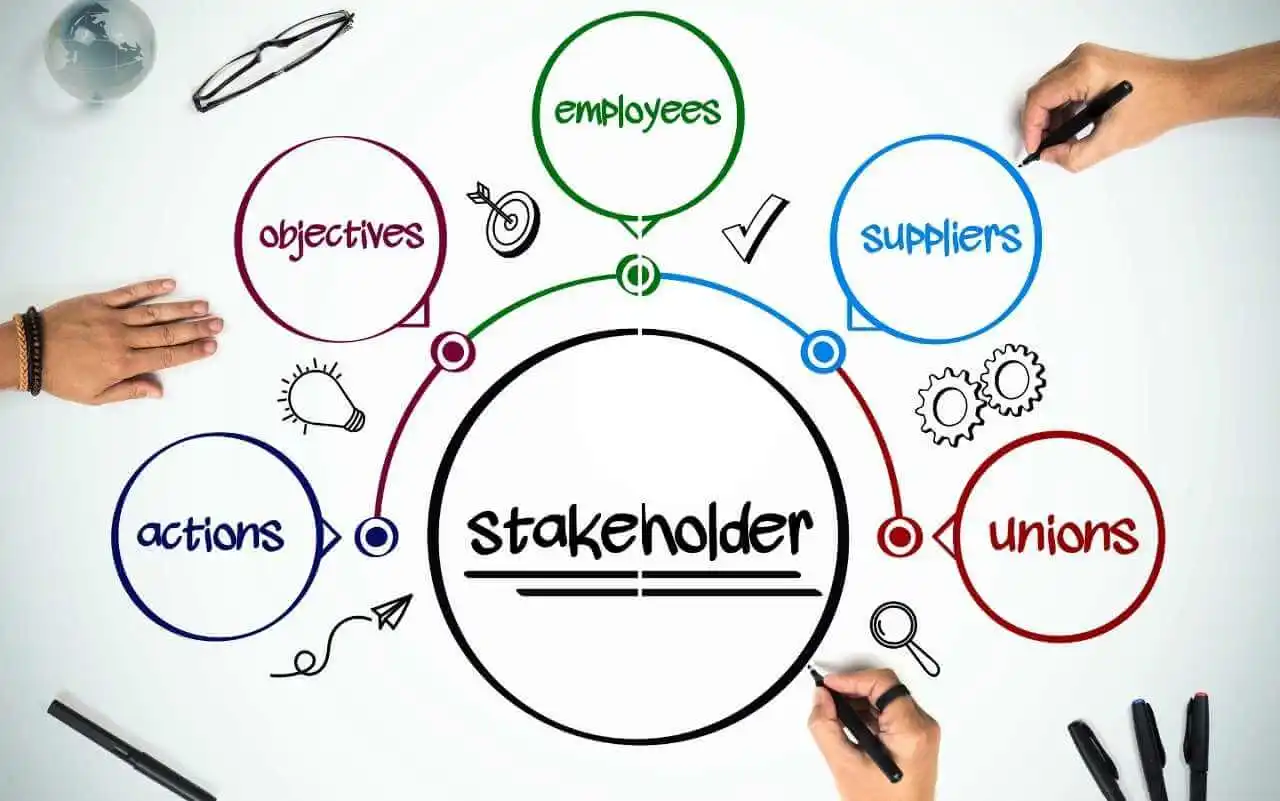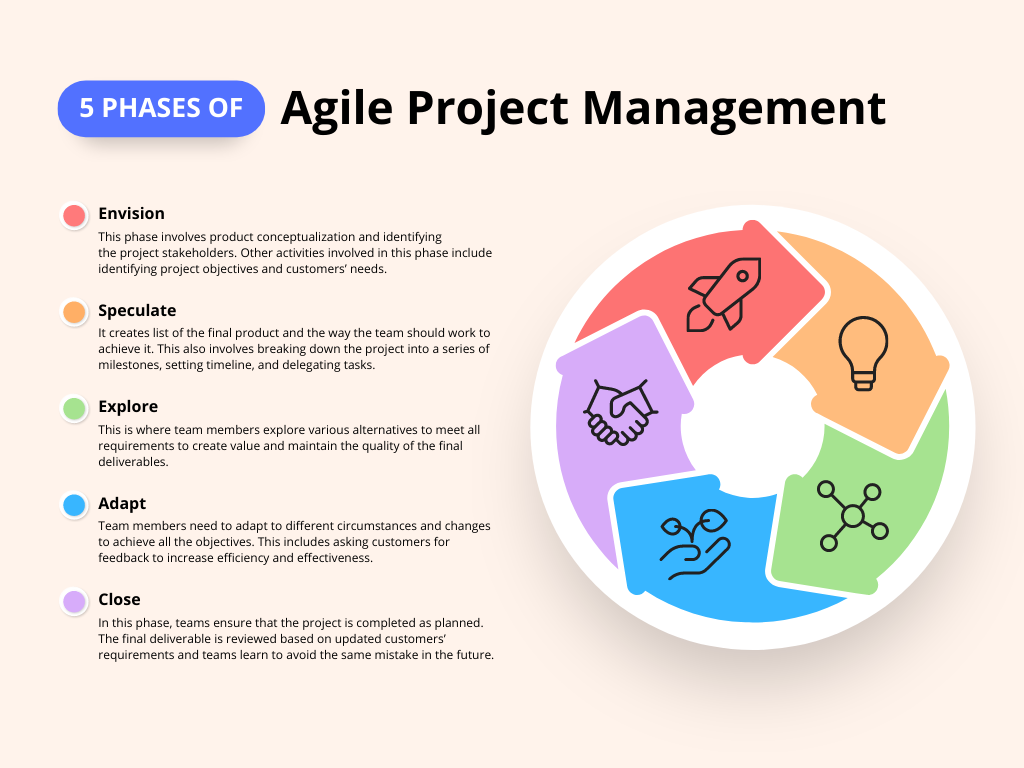
Your teammates just handed you a drive containing a lot of information concerning a project. The information on the drive may be really good but it could overwhelm your stakeholders and team. How can you possibly give a short overview of the project containing the important highlights? Project briefs are the perfect solution to that problem.
What is a Project Brief?
A project brief is a short, easy-to-understand overview of a project that enables your team and stakeholders to get the key components of a project. It is aimed at providing the necessary information to enable team members and stakeholders to understand a project.
Project briefs define the how, who, why, where, what, and when of a project. Using them can also be a way of informing your client about what you are offering. A project brief should contain the details of a project from every beginning step to the final execution.
8 Steps to Write a Project Brief like a Pro
The eight steps on how to write a project brief that will be considered in this article are:
- Summarize the project and its objectives
Start the project brief by explaining the project with short catchy sentences that will tell what the project is all about. Explain why the project is being done now and what value it could add to the organization. Emphasize what problems the project is hoping to solve.
Also, mention any background information that could make it easy to understand for those just learning about it. Do not beat around the bush or make mention of unnecessary information as this may bore your team and/or stakeholders.
- State what the project is aimed at achieving
These are the goals the project should achieve. When writing a project brief, at least 3-5 main goals that the project must accomplish should be listed to give your team a mental picture of what successfully finishing the project would feel like.
If possible, add business objectives to the goals to help your team members or stakeholders understand how the project will affect the organization as a whole. Here, you can get as detailed as you believe is necessary.
The goals should be clearly stated along with what is expected of the project (both short and long-term expectations) and what problems the project will solve. Such expectations should be realistic and achievable. These goals set a framework for how success in the project will be measured.
- Give background details on the client
Before you dive into the details of your project, you should first provide information on the clients to your team. Here, you do not have to state the entire history of your client, you just need to give a brief 2-3 sentence explanation of who the project is for.
You should also include any key facts your team should know about the client’s organization such as their business background, brand, competitors, and geographical location. The information you make available about the client helps your team understand what they want to achieve with the project.
- Enumerate the key project players and their roles in the project
A project brief is the best way to outline who is who on the project. It is usually broken down into two sections:
- The key stakeholders: Be sure to provide the names, roles, and titles of every key stakeholder involved in your project. State the decision maker and the person who comes in contact with the client if such roles have been assigned. Pictures of the stakeholders may be difficult to get so do not be bothered if you cannot include them.
- The key project team members: Enumerate the names of the core team members along with a picture of each of them to allow the clients to put a face to the name.
- Identify your audience

There is no project without a target audience; there is always someone that will benefit from it. They are simply the reason why the project is happening. Identifying the target audience is a very vital step in writing a project brief like a pro. In your project brief, you should emphasize the benefits this demographic key will bring to your project. In most cases, your client will provide all important information about their users.
- Timeline
This is one of the most important factors to consider when writing a project brief. Ensure that you include your timeline in your project brief. Your project timeline is the easiest way to keep your team on track with the timeframe for the completion of milestones within the project. The success of every project depends a lot on how well the team it is assigned to can keep to the timeline and deliver projects on time. The project timeline will of course be useless if your team members are unaware of it. This is why it needs to be included in your project brief.
- Scope
All projects need a well-defined scope to be successful. A good project brief should contain a scope. A well-defined project scope outlines the deliverables, tasks, budget, features, roles, and objectives of a project in specified terms.
- Deliverables
During your initial brainstorming for your project you probably outlined deliverables. The use of timelines is quite essential in major deliverables. Visual messages are understood faster than text so it is better to use a visual timeline in your project brief.
Conclusion

A pro project brief is all about quality, not volume. Your project brief is the blueprint of your project. It highlights the important parts of a project, making it brief and easy to understand for team members and stakeholders. It may take a long time to make but it saves time that could have been spent on that would be considered wasted work. It helps you keep your team on the right track. If you are new to this or you do not quite understand the concept of project briefs, this article can serve as a guide to you. It enumerates and discusses some ways to write a project brief like a pro.







